| Plant Habit: | Herb/Forb |
| Life cycle: | Perennial |
| Sun Requirements: | Full Sun Full Sun to Partial Shade |
| Water Preferences: | Mesic |
| Soil pH Preferences: | Slightly acid (6.1 – 6.5) Neutral (6.6 – 7.3) Slightly alkaline (7.4 – 7.8) |
| Minimum cold hardiness: | Zone 3 -40 °C (-40 °F) to -37.2 °C (-35) |
| Maximum recommended zone: | Zone 9b |
| Plant Height: | 12 - 48 inches |
| Plant Spread: | 12 - 24 inches |
| Fruit: | Edible to birds |
| Fruiting Time: | Fall |
| Flowers: | Showy |
| Flower Color: | Yellow |
| Bloom Size: | 1"-2" |
| Flower Time: | Summer Late summer or early fall |
| Uses: | Will Naturalize |
| Edible Parts: | Fruit |
| Wildlife Attractant: | Bees Birds Butterflies |
| Resistances: | Humidity tolerant Drought tolerant |
| Miscellaneous: | Tolerates poor soil |

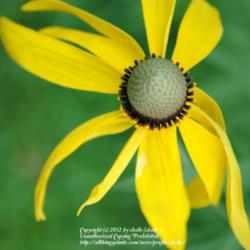
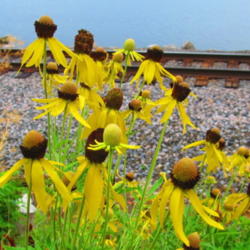
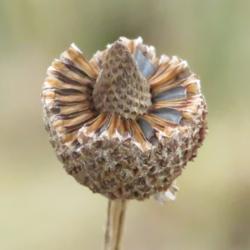
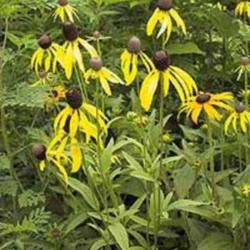
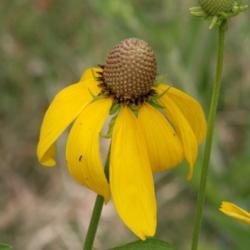
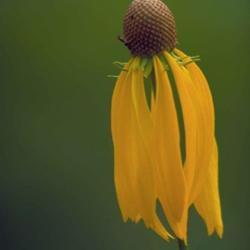
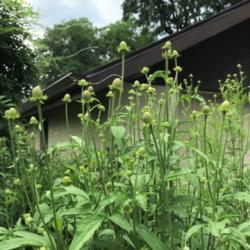
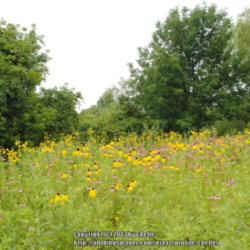

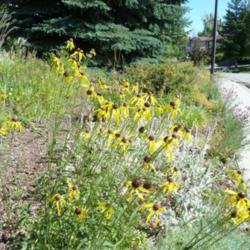
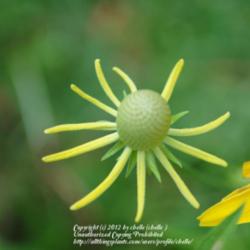

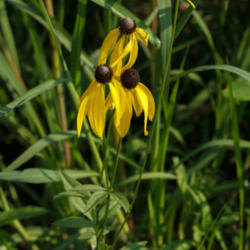
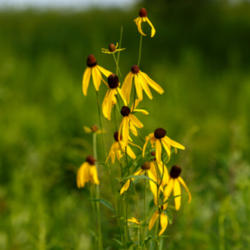


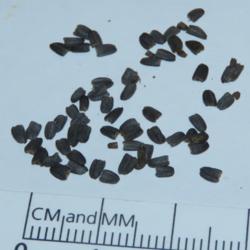
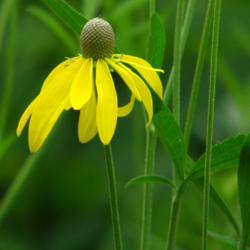
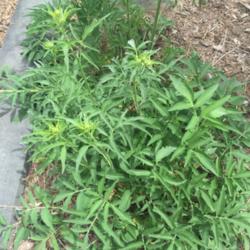
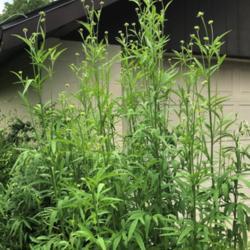
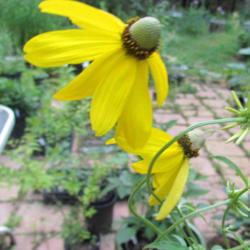
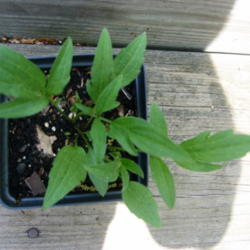
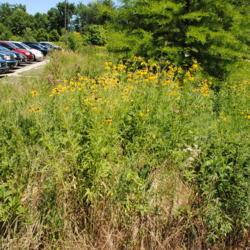
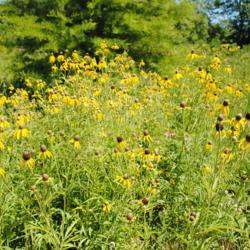
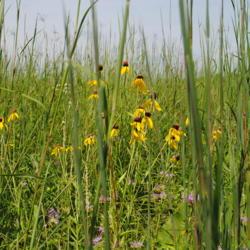

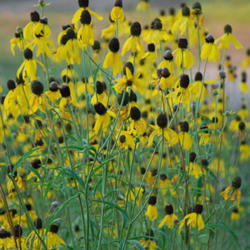
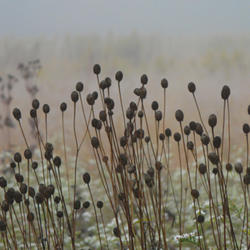
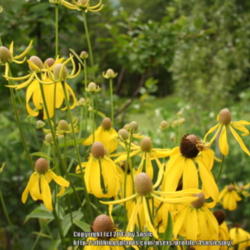
| Chillybean | On December 11, 2015 | Harvested Collected seeds |
| MrsBinWY | On July 4, 2020 | Transplanted 3 into back yard behind the big iron pot; 1 returned in 2021 |
| MrsBinWY | On June 5, 2020 | Seeds germinated 3 |
| MrsBinWY | On January 1, 2020 | Seeds sown 16 seeds from janinilulu's 2019G in milk jug - try a couple weeks warm & put outside if no activity. Moved outside on 2-2-20. |
| MrsBinWY | On June 10, 2018 | Potted up 3 pots w/2 in each pot - all appear to be struggling |
| MrsBinWY | On February 25, 2018 | Seeds sown milk jug; back patio; 25 seeds from molanic |
| MrsBinWY | On July 8, 2017 | Potted up 3 - seem to be struggling in the milk jug (too dry/too wet?) (All eventually failed. Try again.) |
| MrsBinWY | On March 10, 2017 | Seeds sown coffee filter in baggie in fridge for 30 days, little bit of H2O2, 16 seeds from molanic; jugged 4-15-17 |
| Retro67 | On April 21, 2024 | Seeds sown Seeded outside chicken coop with sunchokes |
| Thread Title | Last Reply | Replies |
|---|---|---|
| How a Bird Helped Me by Chillybean | Dec 11, 2015 12:50 PM | 0 |